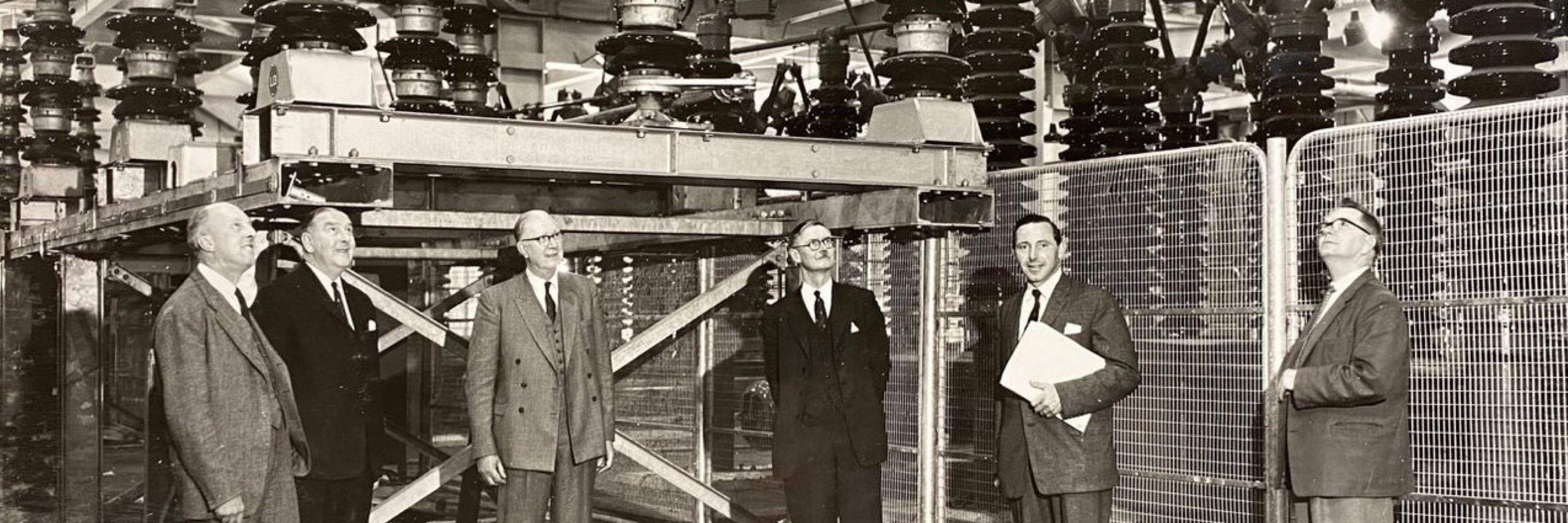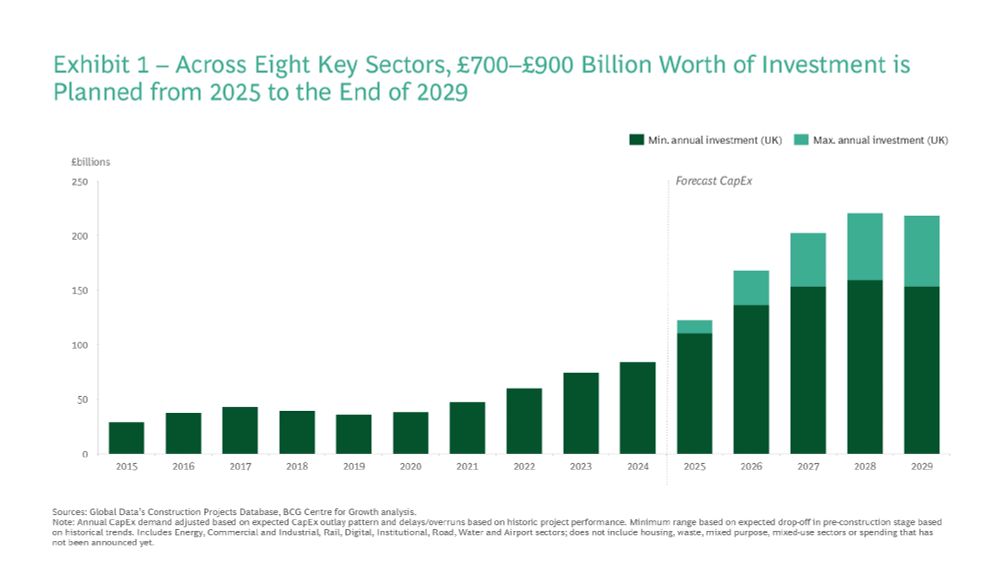
The Grid is a perfect example of an anti-fragile asset. A platform that enables optionality. But past generations had better institutions and ownership models...
substack.com/home/post/p-...

The Grid is a perfect example of an anti-fragile asset. A platform that enables optionality. But past generations had better institutions and ownership models...
substack.com/home/post/p-...
open.substack.com/pub/energyne...

open.substack.com/pub/energyne...
The state must use its fiscal might to enable better outcomes for both the economy & the public, while policymakers must be innovative & take risks.
www.common-wealth.org/publications...

The state must use its fiscal might to enable better outcomes for both the economy & the public, while policymakers must be innovative & take risks.
www.common-wealth.org/publications...
In this post I tell the story of the Central Electricity Board - a remarkable, innovative, state owned entity that transformed the industry
It was an engine of abundance
open.substack.com/pub/energyne...

In this post I tell the story of the Central Electricity Board - a remarkable, innovative, state owned entity that transformed the industry
It was an engine of abundance
open.substack.com/pub/energyne...
My new blog tells the story of a remarkable construction boom that kept the lights on during the 1966 World Cup final. Also includes ‘fish lifts’, zonal pricing of renewables in Scotland!
open.substack.com/pub/energyne...

My new blog tells the story of a remarkable construction boom that kept the lights on during the 1966 World Cup final. Also includes ‘fish lifts’, zonal pricing of renewables in Scotland!
open.substack.com/pub/energyne...
This week we demystify the Trump administration's plan to reindustrialise the US and reshape the global trade system: neweconomybrief.net/the-digest/t...

This week we demystify the Trump administration's plan to reindustrialise the US and reshape the global trade system: neweconomybrief.net/the-digest/t...
energynetworks.substack.com/p/building-e...

energynetworks.substack.com/p/building-e...


The public shouldn’t have to bear the costs of Thames Waters’ reckless financial decision making.
🧵 But the good news is, we don't have to — here's why.
Thames Water’s in the High Court today, asking for a £3bn emergency bailout loan. We can’t let this happen.
With Windrush Against Sewage Pollution we’ll submit support for #Thames to go into Special Administration Regime and full public ownership.
morningstaronline.co.uk/article/scor...
open.substack.com/pub/energyne...

open.substack.com/pub/energyne...
During the energy crisis 51 per cent of profits went to the wealthiest one per cent, while the bottom 50 per cent not only received just one per cent of the total, but ordinary people also bore the higher burden from increased, everyday costs
lnkd.in/eH84BBVX


During the energy crisis 51 per cent of profits went to the wealthiest one per cent, while the bottom 50 per cent not only received just one per cent of the total, but ordinary people also bore the higher burden from increased, everyday costs
lnkd.in/eH84BBVX
Our new briefing on the North Sea & public asset ownership in @theguardian.com
www.theguardian.com/environment/...



The first ever National Grid involved negotiations with 222k landowners and tenants. The Central Electricity Board appointed thousands of officers to persuade. Astonishingly, only 600 cases (0.27%) needed compulsory purchase.

The first ever National Grid involved negotiations with 222k landowners and tenants. The Central Electricity Board appointed thousands of officers to persuade. Astonishingly, only 600 cases (0.27%) needed compulsory purchase.
"Two Towns" features an interactive map showing how ex-industrial towns were not “left behind” but actively made into havens for low-paid work.

It is interesting that even now while private sector organisations operate the system the investment is publicly funded. Source in comments.

It is interesting that even now while private sector organisations operate the system the investment is publicly funded. Source in comments.
When did we build reservoirs?
Reservoir capacity grew 82% in the 1950s, 45% in the 1960s, 6% in the 70s & 80s, and just 1% in the 90s, 00s, & 10s
Water was under public ownership until 1989. It has been privatized since then.

When did we build reservoirs?
Reservoir capacity grew 82% in the 1950s, 45% in the 1960s, 6% in the 70s & 80s, and just 1% in the 90s, 00s, & 10s
Water was under public ownership until 1989. It has been privatized since then.

